As a birthday treat Sue took me for a walk on the Dengie Peninsula on the far eastern shore of Essex. She had her eyes on the horizon. We arrived via Burnham-on-Crouch, a pretty Georgian estuary town but with the saddest fish & chips and a clown to scare the children. His car was parked next to ours. We made our escape towards Southminster, but we got ensnared by the Burnham Loop where we revolved time and again around the endless fenlands (afeared lest we contract Dengie Fever from the mosquito-infested swamps) until finally we saw the error of our ways (a misplaced signpost) and we were at last expelled to Tillingham and ultimately onwards to Bradwell-on-Sea.
Between heaven and earth
Her eyes on Horizon
A prayer on the threshold of earth and air
Horizon is Orison
The Chapel of St Peter Ad Murum
Built on the walls of the Roman Fort ‘Othona’ by St Cedd 654 AD
“In this place the word is revealed to you”
Bradwell is a quiet, secluded village, on the southern bank of the estuary of the Blackwater, where it joins the sea. Most villages are remarkable for the two kinds of building: parish church, and manor house or castle. Bradwell not only has both church and houses of interest, but also this ancient Saxon chapel of St Peter-on-the-Wall, built by St Cedd on the western wall of the former Roman military station of Othona.
This isolated chapel of St Peter-on-the-Wall, has stood as a place of Christian worship for over one thousand three hundred years.
The chapel of St Peter-on-the-Wall, simple as it at first appears, is of great interest, partly from its age – it is perhaps the oldest church in England of which so much remains – and partly as the sole monument of the short-lived Anglo-Celtic Church of the East Saxons.
Walking, ideally, is a state in which the mind, the body, and the world are aligned…
We should’ve gone on around the headland – Bracing Bradwell-on-Sea – but we made it only as far as Sales Point (there wasn’t a shop). This surprisingly remote sanctuary had been more difficult to find than we’d expected and we were running out of time.
A lost zone on the edge of Essex, a place of washed-up flotsam, drifters, outsiders and pilgrims. There’s a new age Christian settlement, The Othona Community, nestled in the trees alongside WW2 Nissen huts, and further south, a lone commando in camouflage fatigues leaves his bivouac to go on manoeuvres around the woods. Rapeseed floods the fields, turbines harvest the wind, land merges with sea and sea merges with sky. Our eyes are aligned in a panoramic prayer to the horizon.
Then I remember the paintings and wood engravings of Jonathan Gibbs.
This Blackwater landscape of salt marsh and watchtower is just his sort of place.
Tower & Landscape
The Sea & The Sky
Sea Defences II
The River & The Sea
To The Horizon
Jonathan Gibbs / The Rowley Gallery


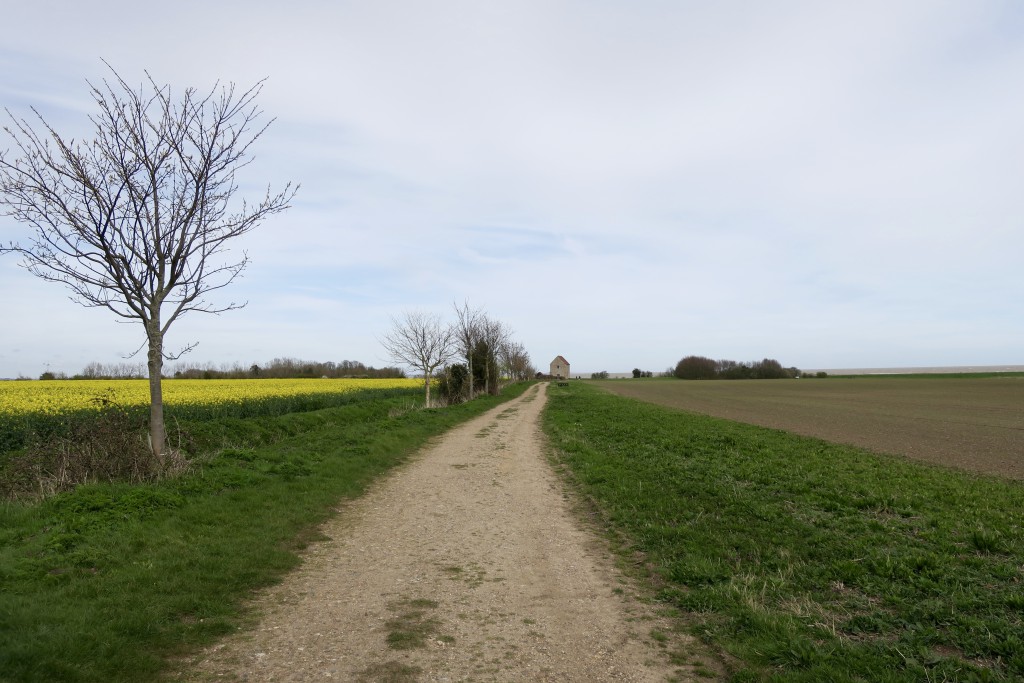
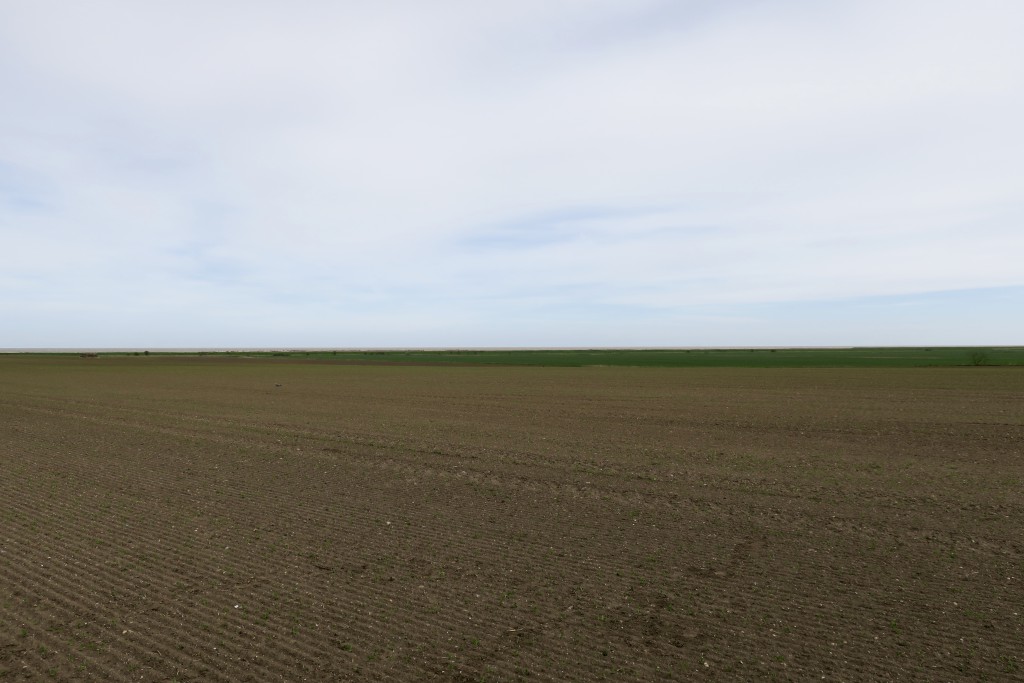
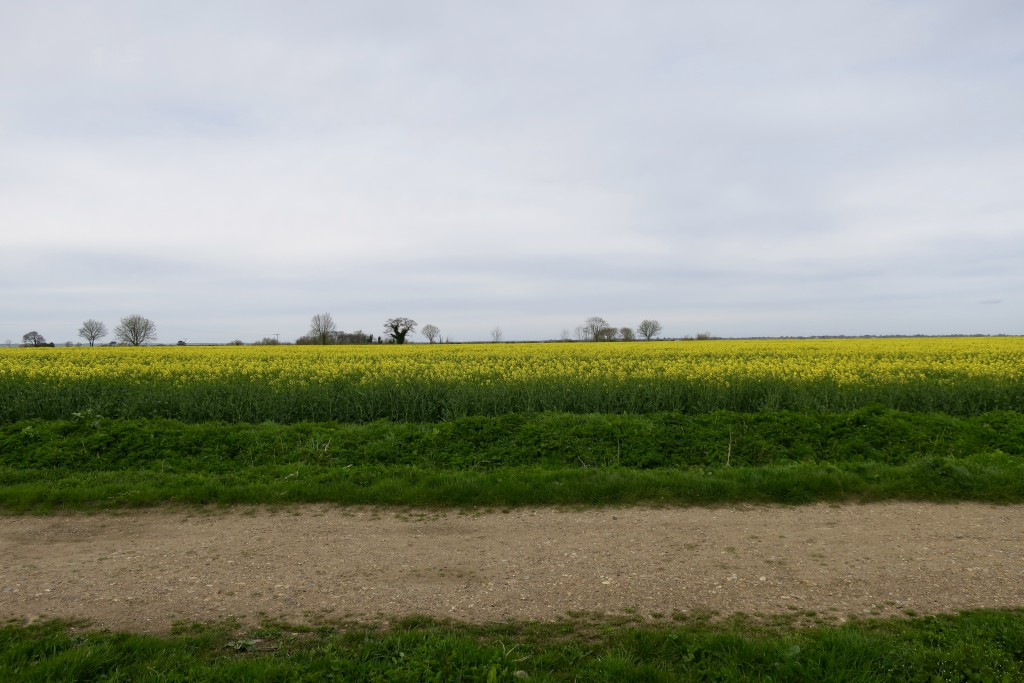

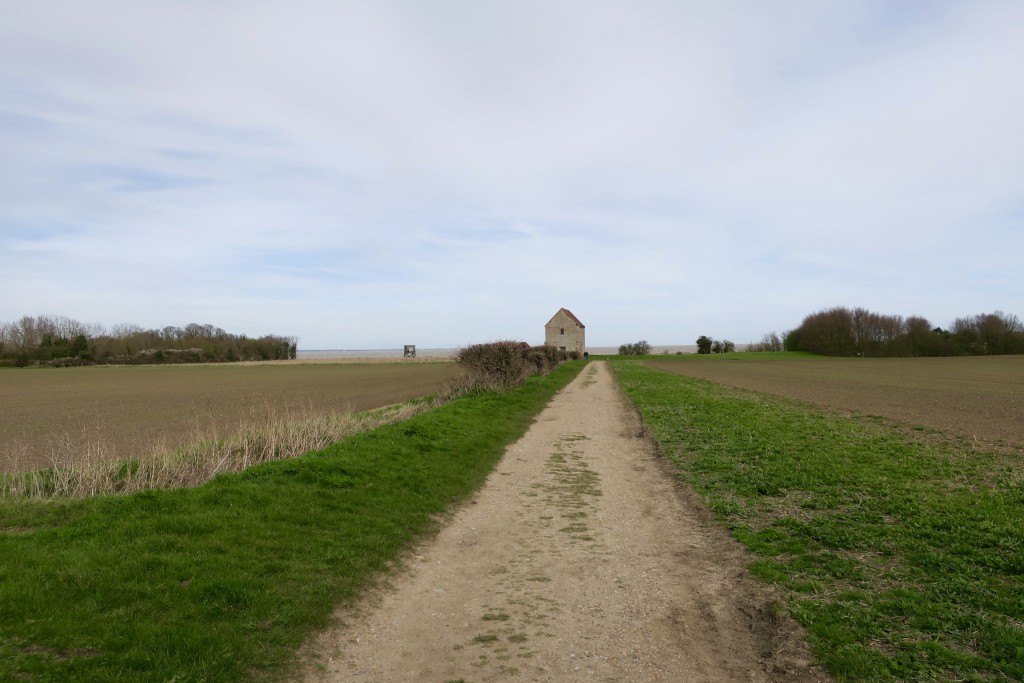
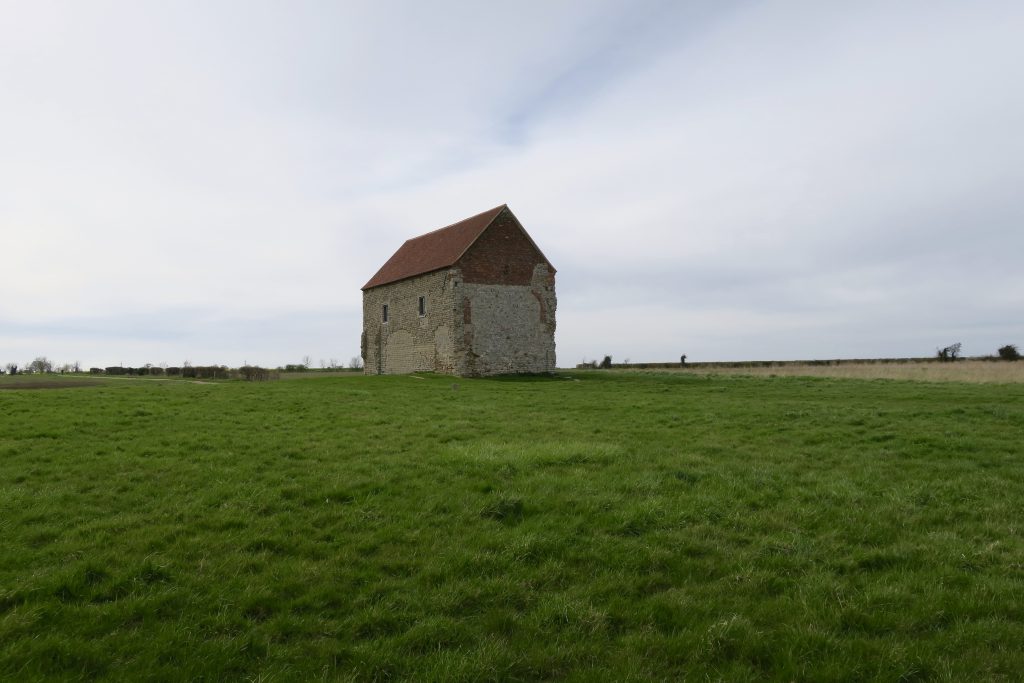
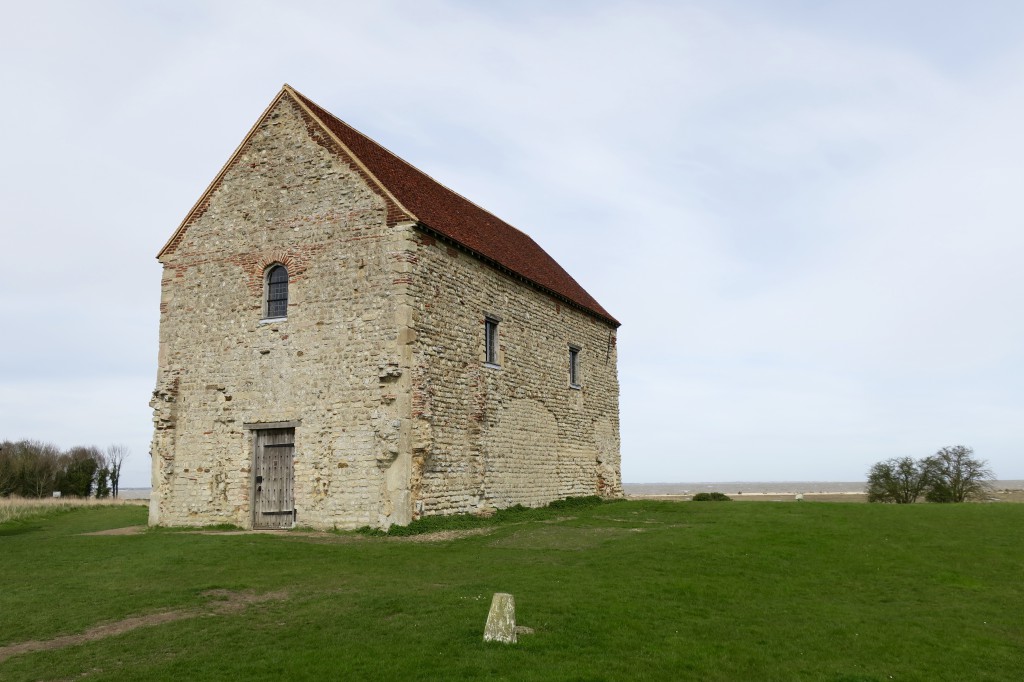
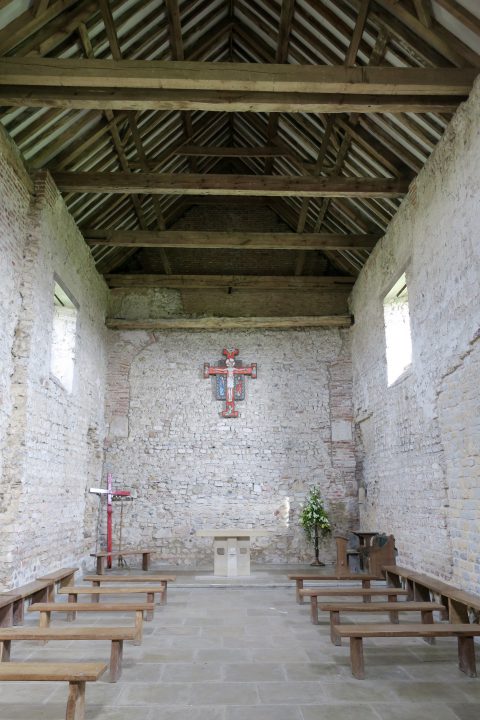
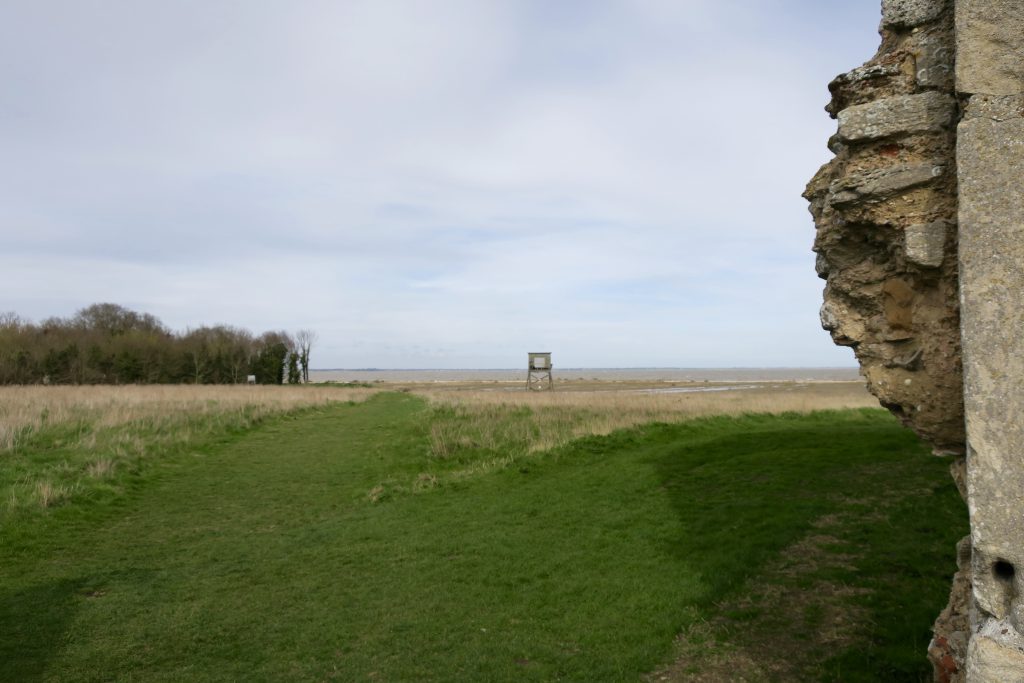
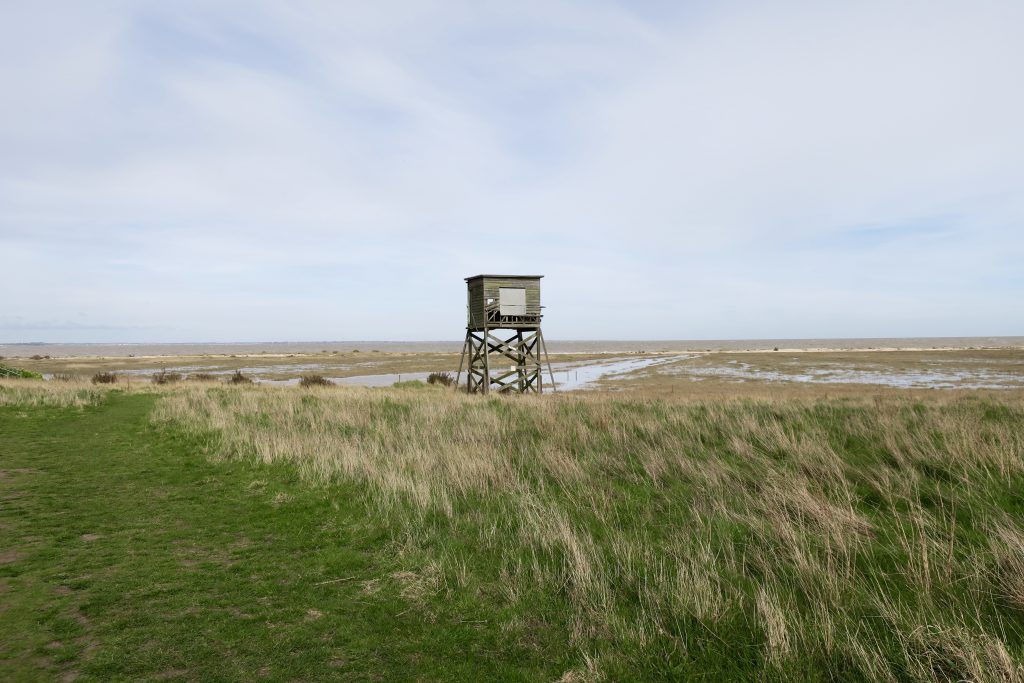
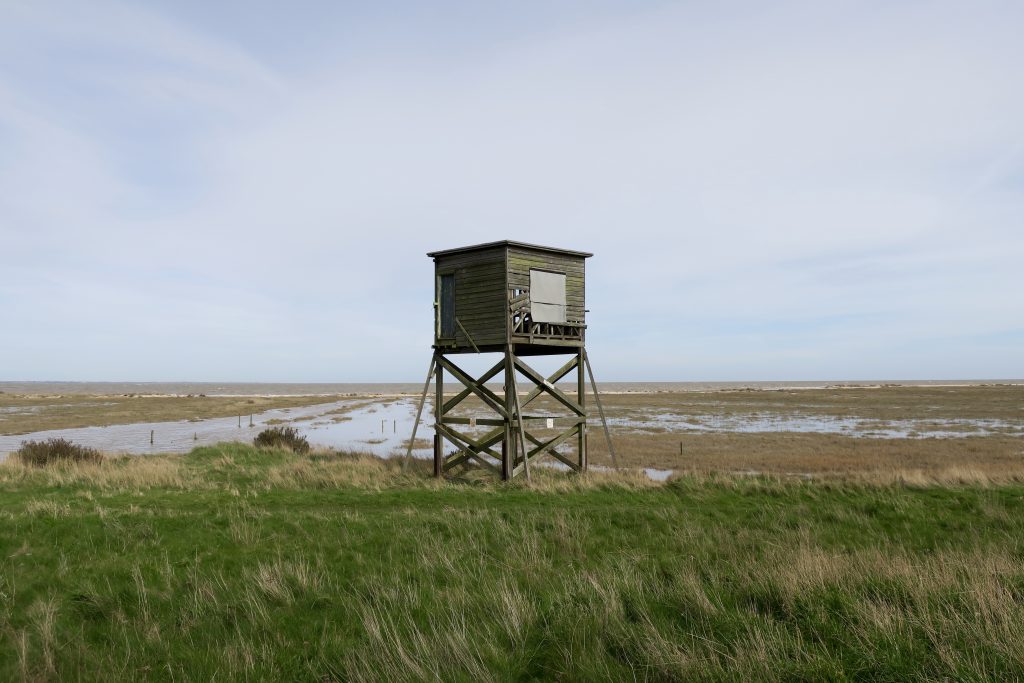
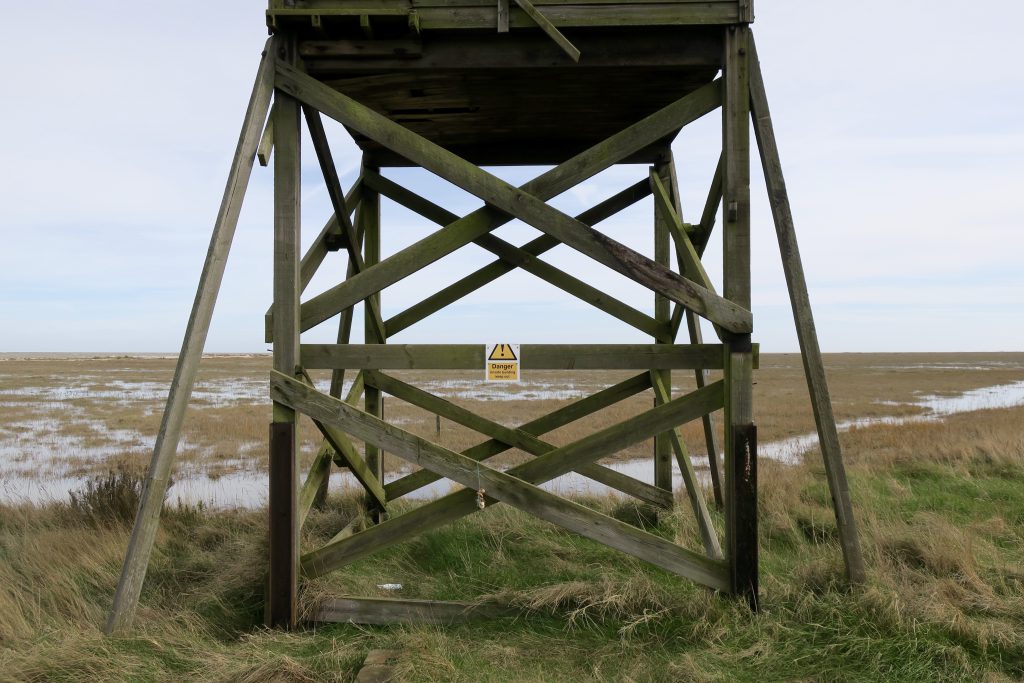
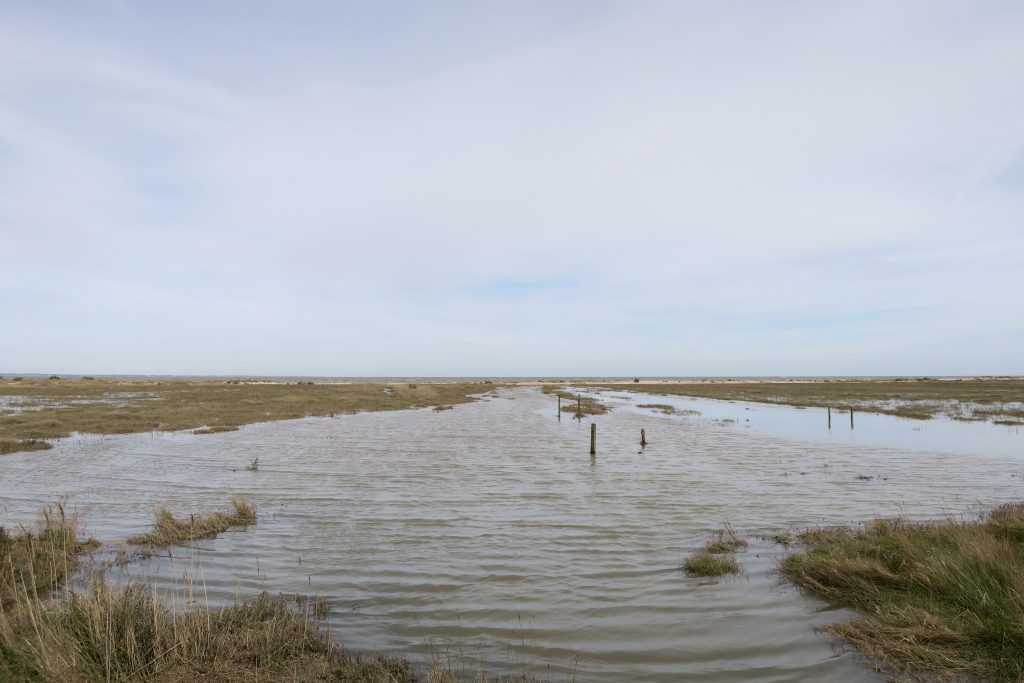
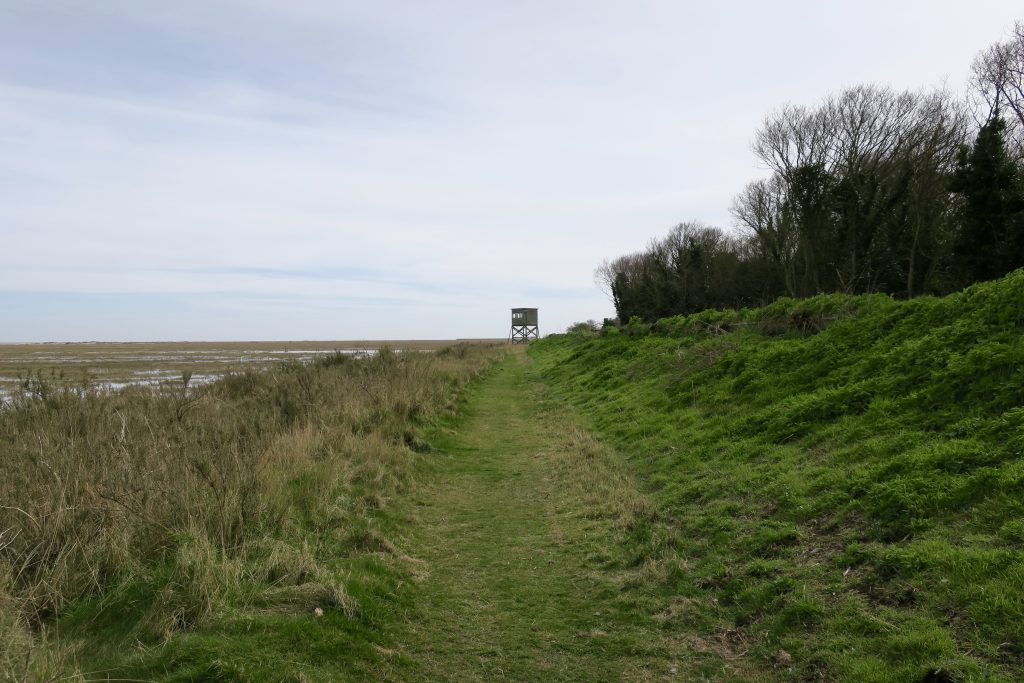
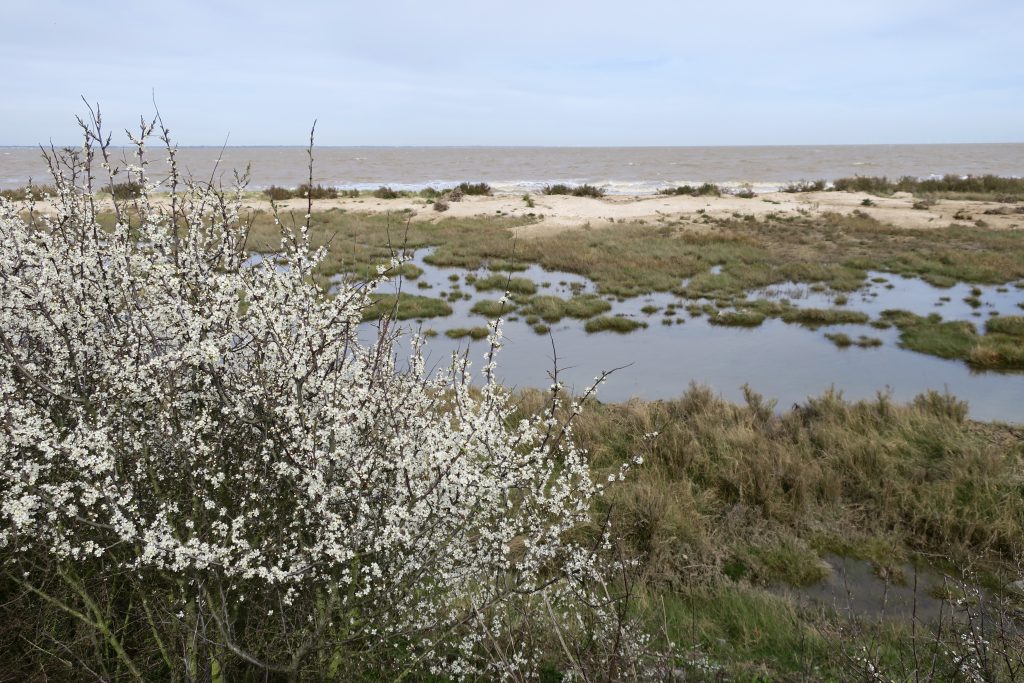

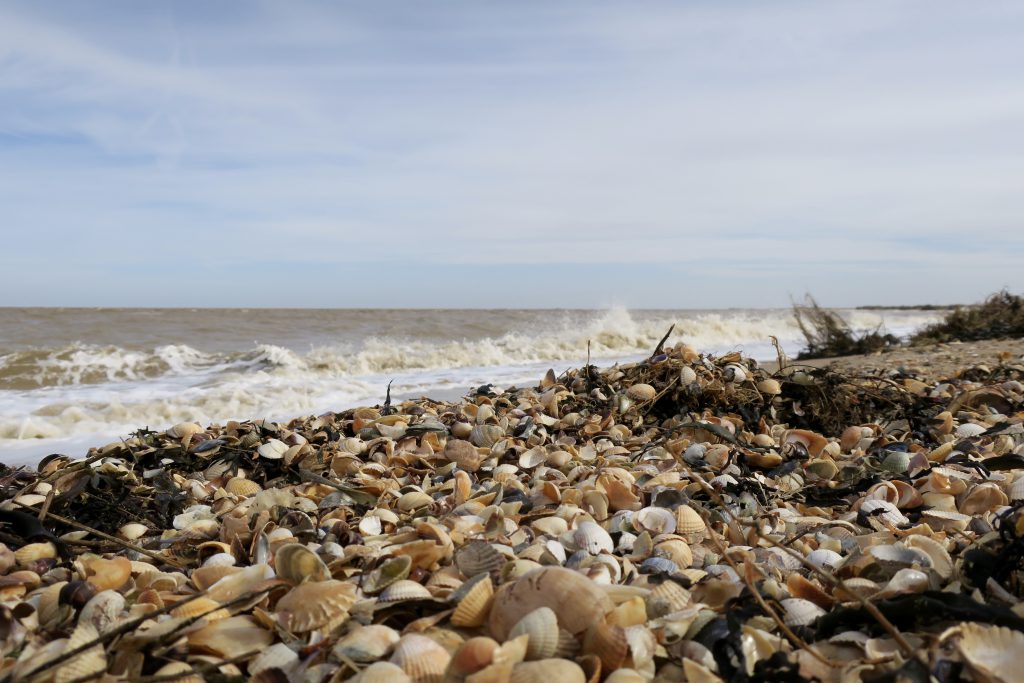
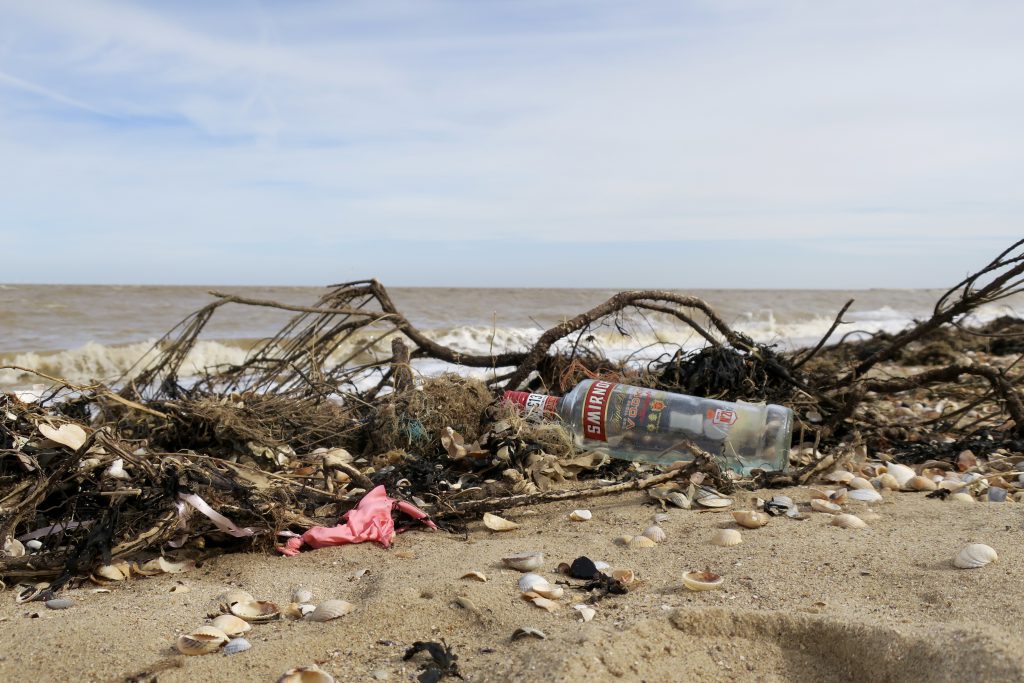
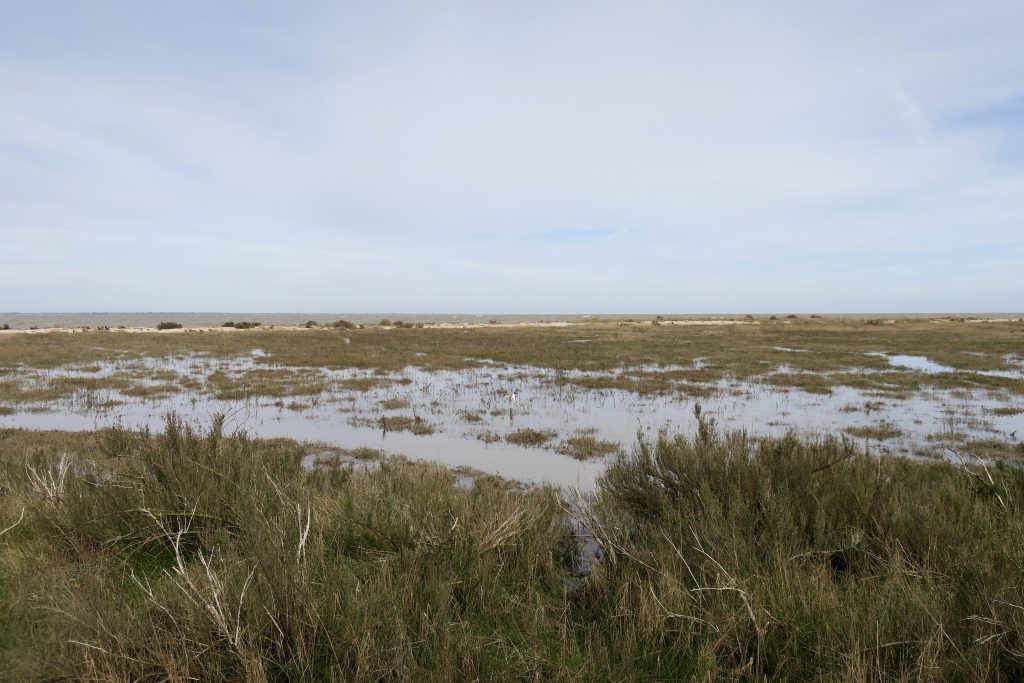
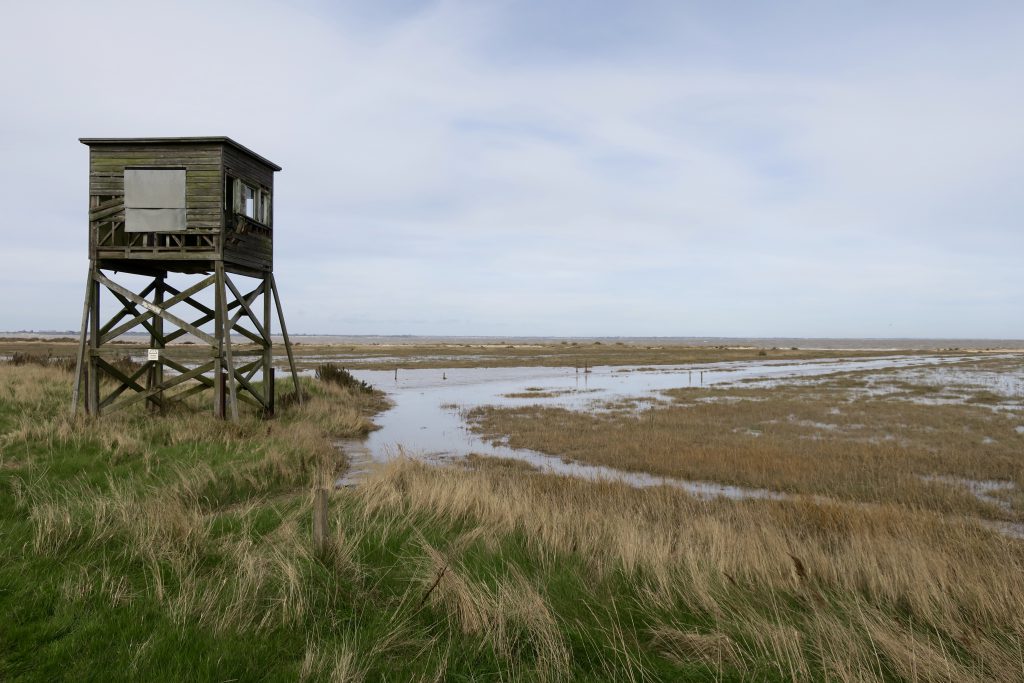
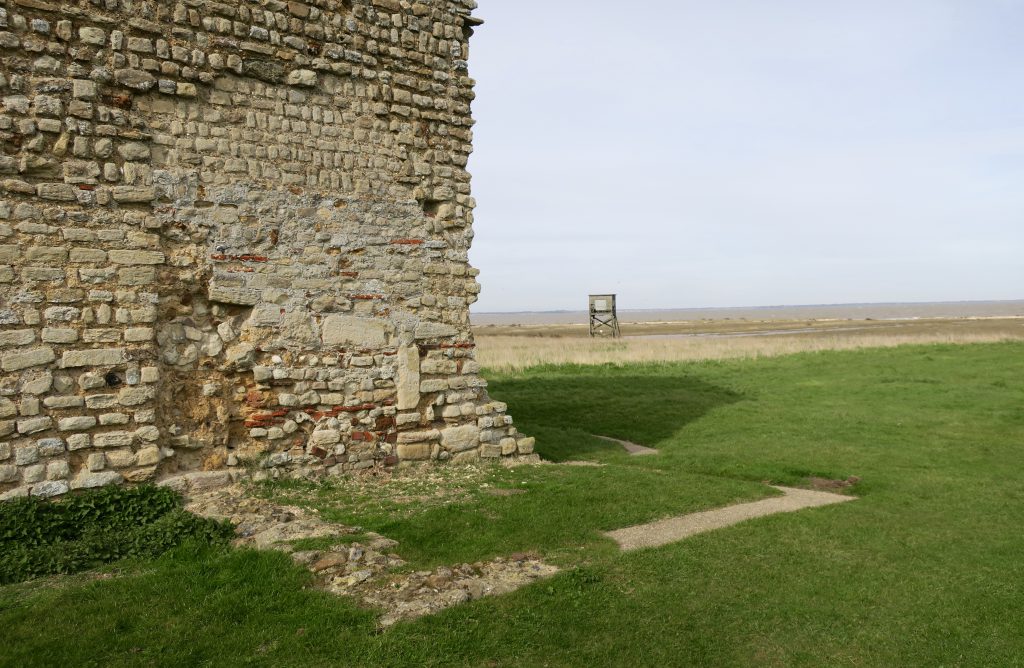
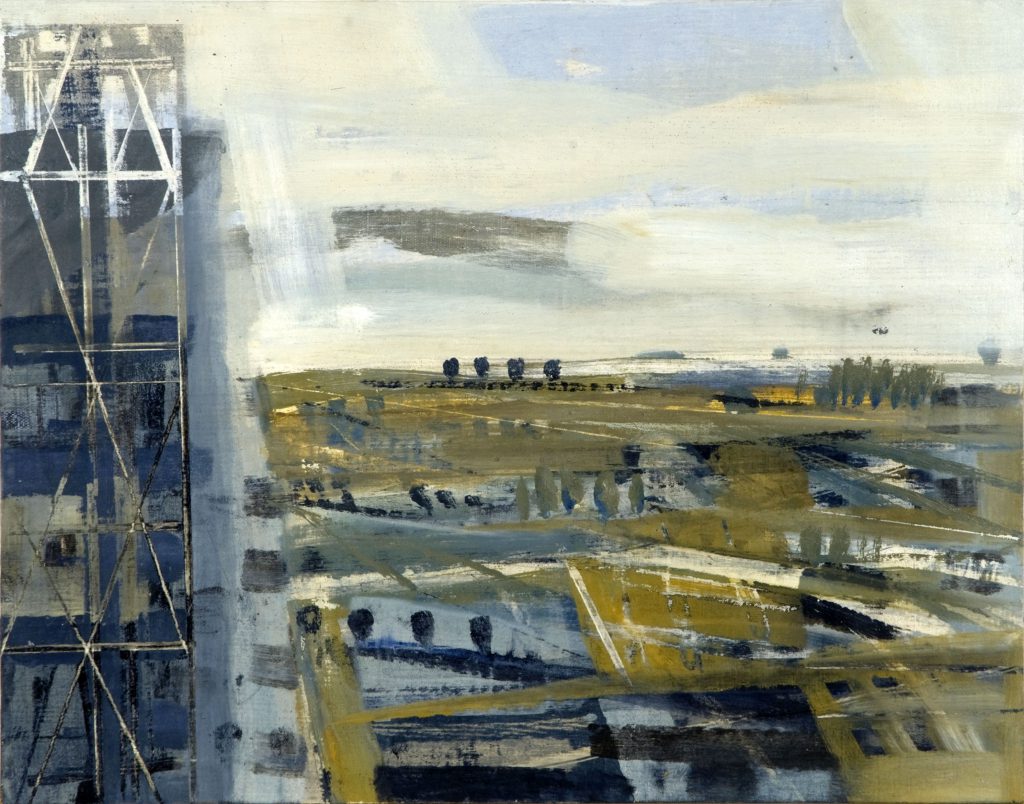
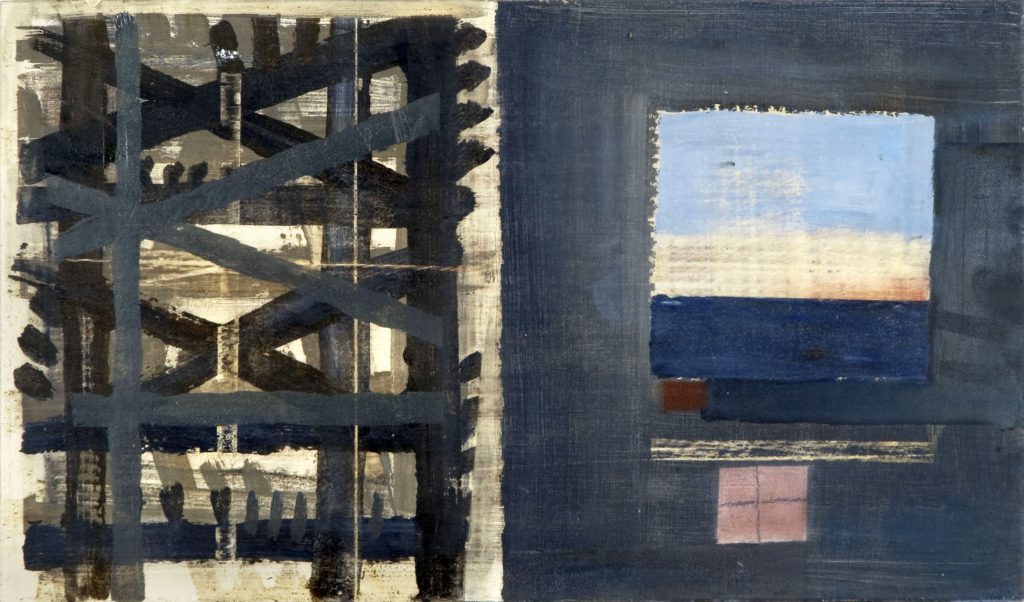
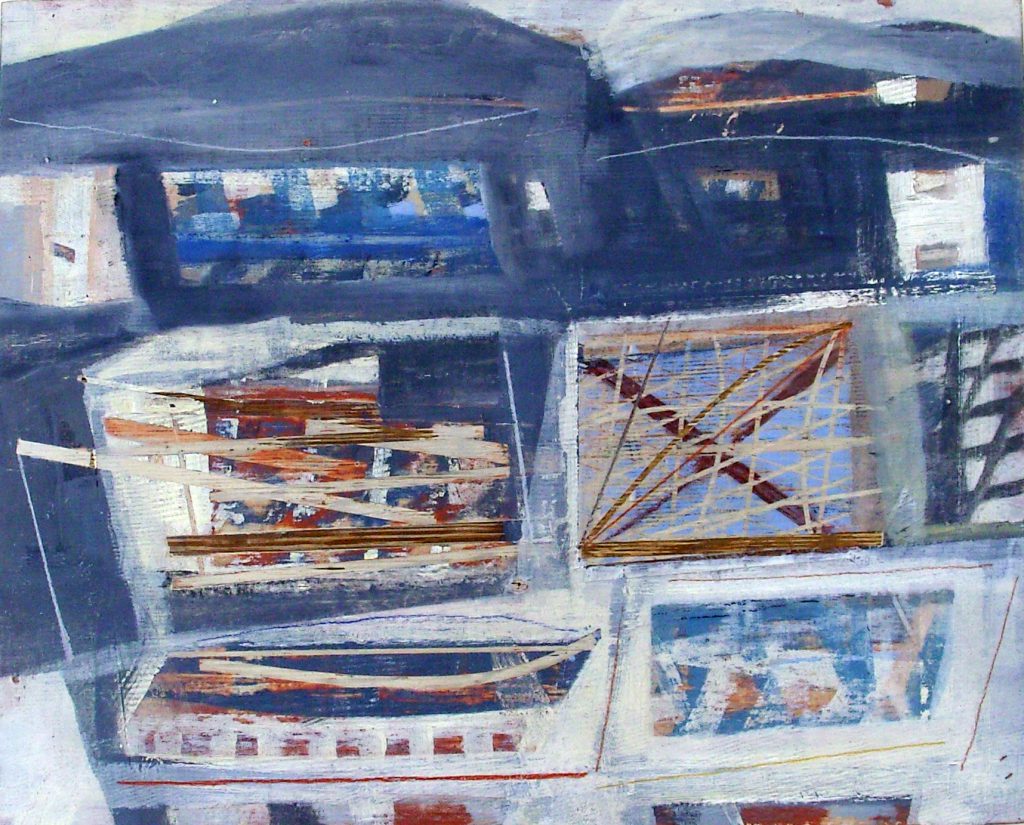
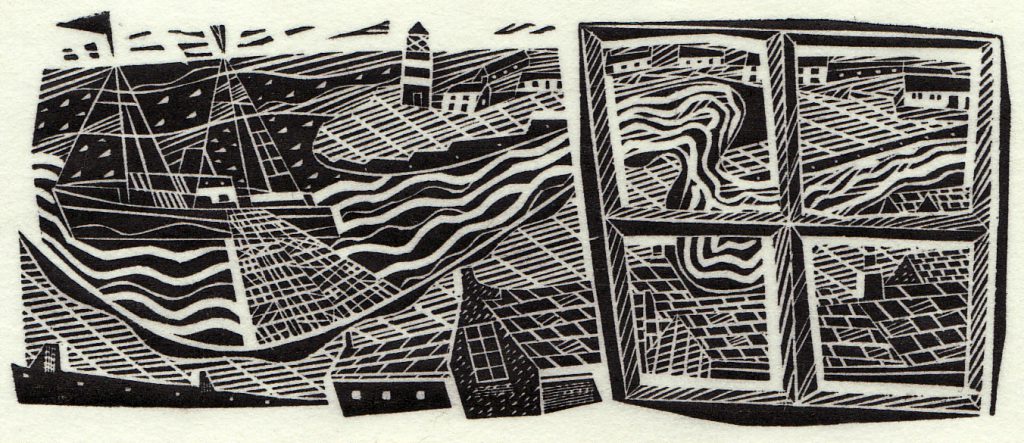
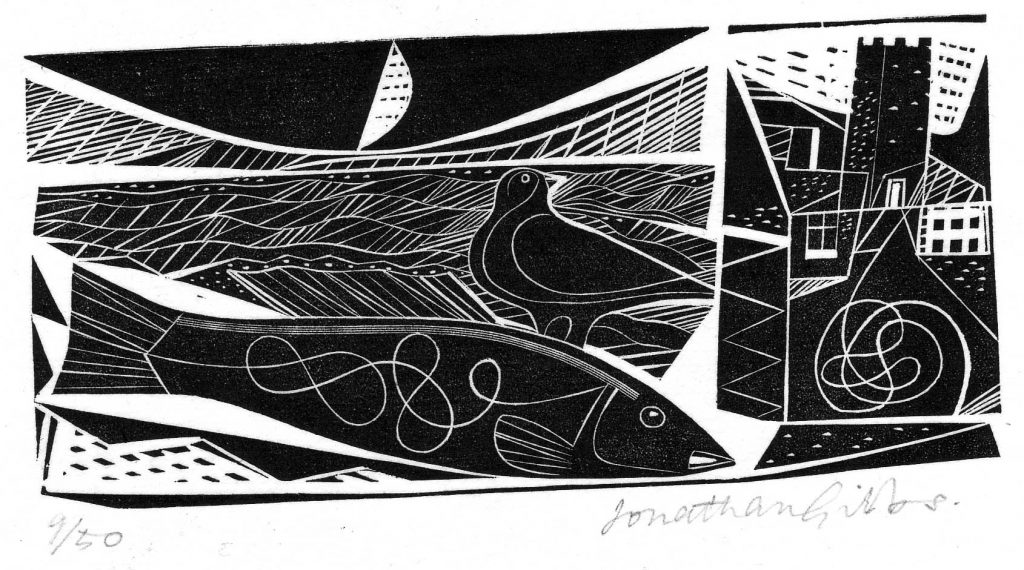
I enjoyed all the images as usual, and was pleased to see the interior of the chapel – the design of the altar was one of my first projects as an architect in 1982. It incorporates three stones from the journey of St Cedd from Lindisfarne to Bradwell. The chapel is so beautifully simple, and introducing a modern intervention was quite a challenge. I hope it harmonises with the serene masonry surrounding without pretending to be of the same age.
Hello Hedy, good to hear from you. We both admired the elegance of the altar, the inlaid stones work really well but didn’t know their story, and had no idea you’d made it! It’s beautiful and timeless. I want to go straight back there for another look.
I just found this page in the guide to St Peter’s Chapel. Stones from Iona, Lindisfarne and Lastingham.
Thank you Chris. It’s a place I go to with my brother. You get a great view of Mersea Island too from the Dengie Peninsula. You should have called in for a cup of tea on your way back to London.
Thanks Paul, a cup of tea would’ve been very welcome but we got a bit tangled up around Chelmsford!
Wonderful as usual. I now want to go there. The church looks very special. Attached is one of my watercolours in response to flat landscapes. Otmoor, Oxon.
The chapel reminded me of your pictures of Godstow Nunnery. Thanks for the Otmoor flatlandscape and good luck with your exhibition – Otmoor: Moonlight & Myths
wow, my great grandfather was Clement Wright Parker and somewhere I read that he owned this once derelict chapel when he bought the farming land all round to grow hay to put on his fleet of about 30 barges which sailed mostly to London which in turn the barges were filled with horse manure for his land. I would love to visit this lovely chapel one day; thank you for all the lovely photos.
That sounds like a nice circular trade, and those sailing barges are beautiful to behold.